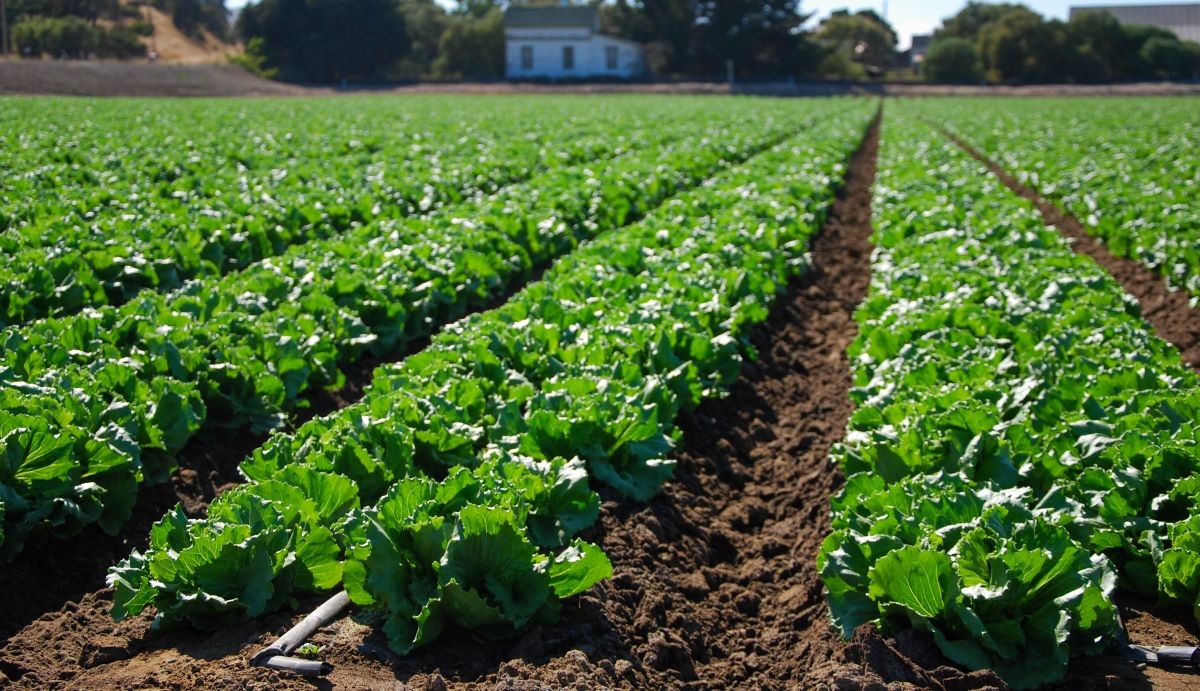Guest commentary by Michael DeLapa, executive director of LandWatch Monterey County, and Chelsea Tu, executive director of Monterey Waterkeeper
In 2014 California finally joined other western states by enacting groundwater management legislation. The Sustainable Groundwater Management Act (SGMA) requires local governments to produce plans to bring overdrafted groundwater basins into balance within 20 years. But in Monterey County, SMGA is failing. Over-pumping continues to degrade aquifers essential to agriculture and thousands of urban users.
Three times since 2017, public agency hydrologists recommended immediate action to limit pumping from the coastal Deep Aquifers to reduce falling groundwater levels and seawater intrusion.
In 2017, County hydrologists urged a moratorium on new coastal wells and a study of Deep Aquifers’ sustainable yield. Although the County imposed a two-year moratorium, it still allowed new Deep Aquifer wells to replace failing upper aquifer wells. The result? The pace of Deep Aquifer well drilling increased as farmers raced to drill more wells.
No study was commenced.
In 2020, County hydrologists documented rapidly falling groundwater levels and vertical migration of contaminants from upper aquifers. They urged renewal of the moratorium and closing the “replacement well” loophole.
The result? The County allowed the moratorium to lapse entirely.
No study was commenced.
If ever we needed the SGMA Groundwater Sustainability Agency (GSA) to act, now was the time. But GSA’s counsel advised its Board that its adopted plan only required the GSA to “support” the County’s moratorium, despite the County’s inaction, and despite the GSA’s independent authority to act.
The GSA Board took no action.
Another two years passed before the GSA commenced a Deep Aquifer study. This August, GSA’s hydrologists’ preliminary report found “current extraction is unsustainable.” Their “Interim Guidance Based on Scientific Data” called for reducing existing extractions, limiting new extractions, and enforcing currently unenforced monitoring. GSA staff’s response? “No action is recommended at this time.”
Dutifully, the GSA Board took no action.
SGMA’s requirement to attain sustainability in 20 years is supposed to be enforced through interim milestones. Because the GSA refuses to take the common-sense interim action repeatedly recommended by agency hydrologists, the GSA cannot realistically meet its Deep Aquifer milestones for 2025, which require groundwater level increases. Instead, groundwater levels continue to fall as pumping of the Deep Aquifers has quadrupled since 2002 and doubled since 2015, largely due to new agricultural pumping.
Similarly, the GSA has not even considered action that could meet milestones for seawater intrusion. Intrusion has advanced since 2017, even though the 2025 milestone requires no advance beyond 2017 levels and a retreat commencing by 2025.
SGMA is not working in the Salinas Valley because of the unfounded faith that water supply projects will eventually allow current unsustainable pumping levels to continue, and that pumping reductions need not be considered in the interim—regardless of the ongoing damage to the common resource.
The state is supposed to backstop the SGMA process. It is past time for California Department of Water Resources to require the GSA to act.
Note: Guest commentaries posted on Maven’s Notebook express the views and opinions of the authors and do not necessarily reflect the official policy or position of Maven or Maven’s Notebook et al.



